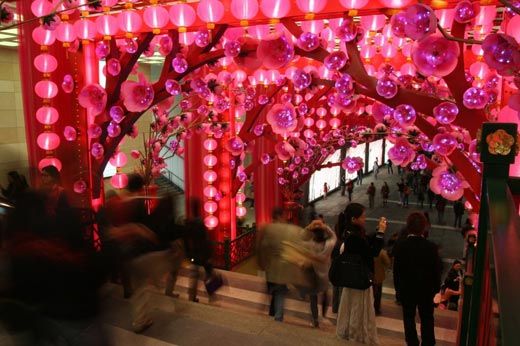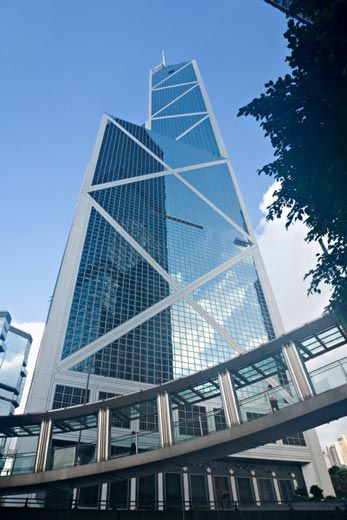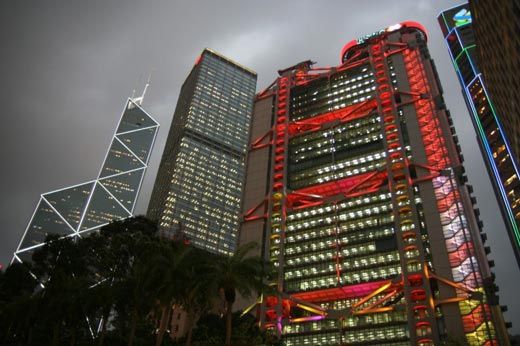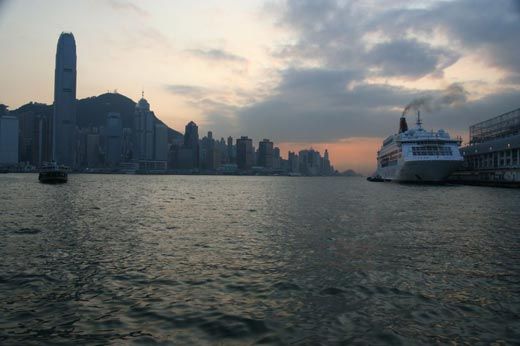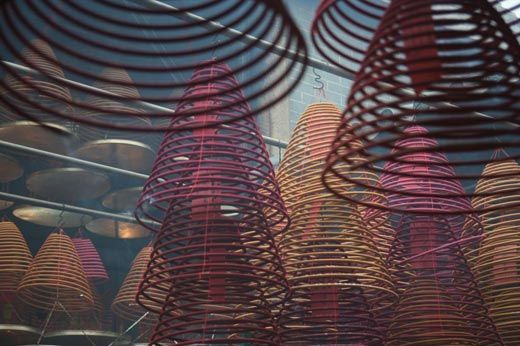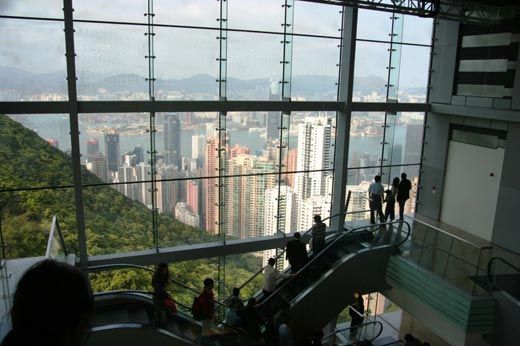Snapshot: Hong Kong, China
A forward-thinking city with ancient traditions
/https://tf-cmsv2-smithsonianmag-media.s3.amazonaws.com/filer/snapshot_hongkong_631.jpg)
In a place where Cantonese and English are the official languages, Hong Kong's seven million inhabitants thrive in this center for international finance and trade. Hong Kong is a vibrant city with an infectious rhythm. On the surface it's a huge metropolis like any other, with mobile phone-carrying workers hurrying to meetings in a forest of steely skyscrapers, but look a little bit closer and you find an ancient land full of traditions and culture. Here East truly meets West.
Origins: The area now known as Hong Kong has been inhabited since the Paleolithic Era. The region officially became part of Imperial China during the Qin Dynasty (221-206 B.C.) and later served as a trading post and naval base during the Tang (A.D. 618-907) and Song Dynasties (A.D. 960–1279). The first Europeans arrived in the 1500s when a Portuguese seaman claimed Hong Kong for Portugal.
Then and Now: This very animated city was just a collection of small fishing villages when the British claimed it in 1842 after the First Opium War. Hong Kong was returned to the Chinese in 1997 and is now known as a "Special Administrative Region," along with nearby Macau, of the People's Republic of China. Today, this former fishing colony is a huge international metropolis boasting one of the world's most open and dynamic economies.
Appeal: Hong Kong is a bustling coastal city that offers a full-on assault of sounds, sights and smells. A simple stroll down Nathan Road in Tsim Sha Tsui is invigorating. You hear constant calls from street corner vendors ("Handbag?" "Need a tailor?"), see stores jam-packed with shoppers, and breathe in the enticing smells of steamy noodle shops that remain open late every night. Standing on the tip of Kowloon Peninsula, visitors can gaze across Victoria Harbor to the full expanse of the Hong Kong Island skyline, with a total of 7,681 skyscrapers. And while other great cities like Paris, London and New York took several centuries to build, Hong Kong only took a few decades and built almost everything here in the time since today's young investment bankers were born. A seven minute ferry ride costing only about 30 cents brings travelers across the harbor to Hong Kong Island. This 30-square-mile financial center is the heart of Hong Kong. Here visitors experience the fusion of past and present by walking around a mix of modern skyscrapers and centuries-old markets.
Who goes here: Hong Kong is a forward-thinking city with ancient traditions. It welcomes visitors from all over the world, and since the handover of Hong Kong back to China, increasing numbers of migrants from mainland China have been coming to the city. The Hong Kong Tourism Board estimates the number of visitors in 2006 was 25.25 million. Ninety-five percent of the residents of Hong Kong are ethnic Chinese. But there is also a large community of foreigners with Filipinos, Indonesians and Americans being the largest immigrant groups. Expatriates from Europe and America have flocked here, working on the "Wall Street of Asia," where steely skyscrapers hover over ancient temples and a few remaining rickshaws.
Famous sons and daughters: Bruce Lee (November 27, 1940–July 20, 1973) was an American-born, Hong Kong-raised martial arts actor and is widely regarded as the most influential martial artist of the 20th century.
Jackie Chan (born April 7, 1954) is a Chinese stuntman/actor/producer/director. He is one of the best-known names in kung fu and action films.
Maggie Cheung (born September 20, 1964) was born in Hong Kong and raised in England. She is an award-winning film star who's appeared in more than 80 films. She is best known in the West for her roles in the movies In the Mood for Love, Hero and Clean.
Interesting Fact: Hong Kong boasts one of the world's most efficient, safe and affordable public transportation systems. In fact, over 90 percent of daily travels are on public transport. Also helping Hong Kongers and visitors traverse the city is the world's longest covered escalator. Because part of Hong Kong Island is built into the side of a steep hill, the Mid-Levels escalator—stretching 800 meters in length and consisting of 20 escalators and 3 moving pavements—moves more than 35,000 commuters each day (it operates downhill during morning rush hour and reverses direction for the remainder of the day).
Planning Your Next Trip?
Explore great travel deals
Smithsonian magazine participates in affiliate link advertising programs. If you purchase an item through these links, we receive a commission.
